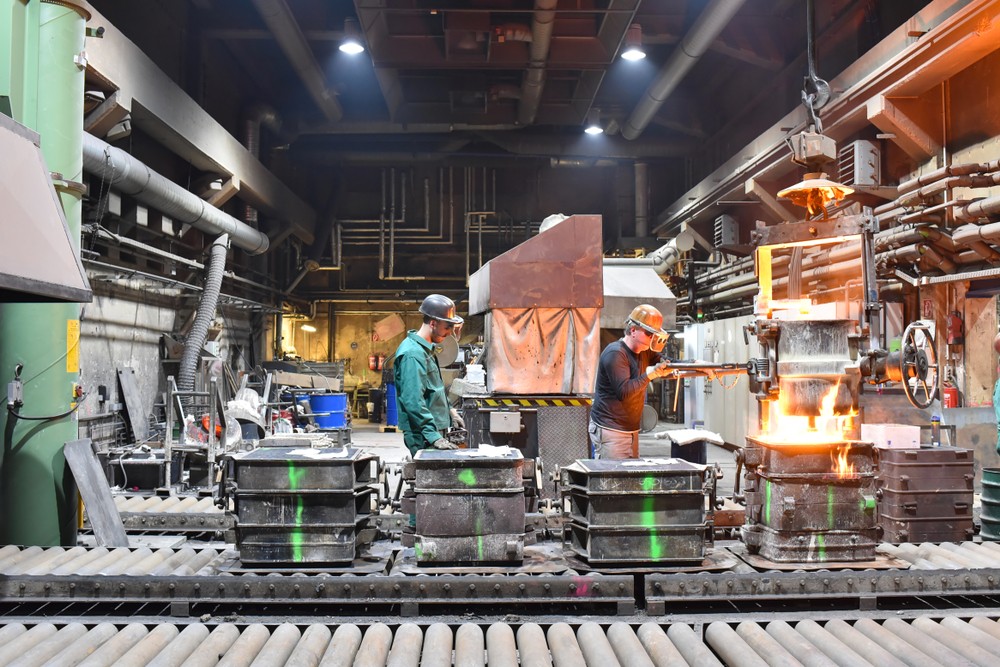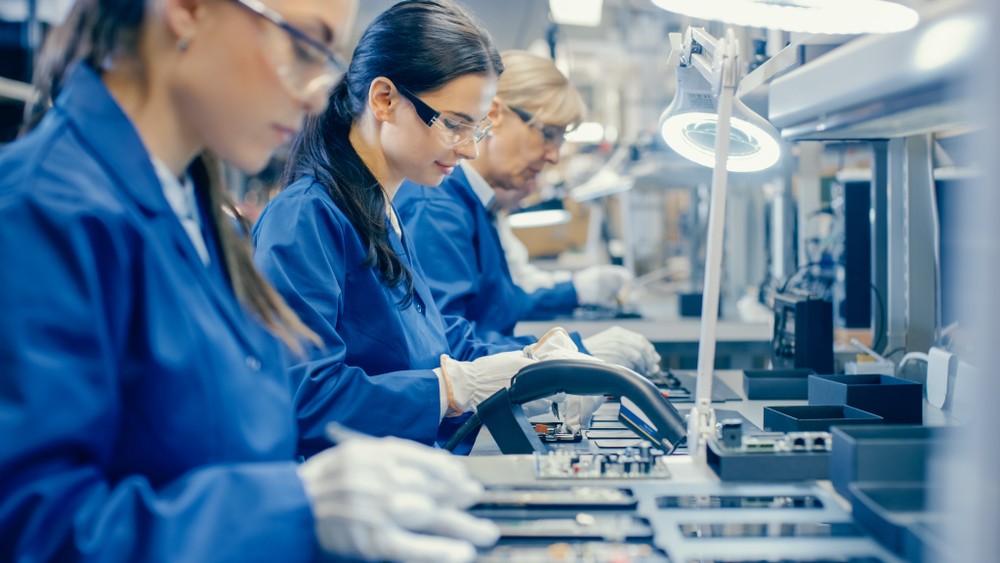Manufacturing Creates Jobs at Fastest Pace in a Decade

Job creation is a key factor to consider when exploring the health and growth of an industry. Unfortunately for manufacturers, it’s been a persistent problem for the past two decades. Manufacturers have struggled to hire and retain workers. Now, after a protracted decade of struggle, job creation rates are peaking at new highs — and there’s reason to believe they’ll continue to trend higher in the coming months.
Creation of production jobs has lagged
Since the 1960s, there has been a general downward trend in manufacturing employment. Retirees are leaving the field much faster than new hires can replace them — especially new hires who possess the same skills. This problem was exacerbated during the pandemic, when rising numbers of retirees left the workforce at the same time factories slowed or ceased operations. This lag put manufacturers in a tough place during the post-pandemic economic rebound.
The pandemic also created a shift in consumer habits, with focus moving away from services and into goods. And while demand was good for manufacturers, it cast an even bigger spotlight on employment. As the world began to shake off the effects of the pandemic over the last year, manufacturers faced even more struggles. Not only have companies faced bottlenecks with raw material supply chains, they’ve continued to deal with a shortage of skilled workers. That is, until recently.

Employment is up in 2022 (and beyond?)
In Q3 of 2022, manufacturing job creation and employment rates peaked at their highest points in roughly a decade. As the economy threatens recession, manufacturing is beginning to see an influx of workers seeking stable employment. From textile mills to paper producers, computer equipment makers to furniture fabricators, several sectors are faring well in today’s economy. According to an Economic Times report, “since June 2020, under both Trump and Biden, factories have added more than 30,000 jobs a month.”
There’s also manufacturing job growth in several unexpected places. For instance, so-called “micro manufacturers” are on the rise, including the likes of craft breweries and turnkey metalworking shops. Even regional manufacturing shows surprising growth, such as in the Mountain West and the Southeast, as opposed to traditional areas like the Midwest. It all points to a greater breadth of opportunities for manufacturing employment — opportunities that an increasing number of qualified workers find themselves gravitating to in 2022.
Manufacturing is attracting new workers
Production jobs aren’t just attractive due to their stability, the manufacturing industry is coming back in vogue. Companies are getting creative and becoming more flexible to attract new workers — they’re searching for employees with broad backgrounds who can be trained to develop their skills to meet manufacturing challenges.

Manufacturers must grow their workforce to meet unprecedented demand for consumer goods, and they’re doing this by “rebranding.” Not only are companies being more flexible with their hiring practices, they’re also offering better pay and more benefits. By creating stable career tracks, manufacturing employers are investing in their workers for the long-term.
With both national and global companies committing to build and expand their manufacturing presence in the U.S., this investment in people is much needed. The outlook for manufacturing employment growth remains positive, and surging job creation stands to offer an array of choices for those seeking a fulfilling career in the manufacturing sector.